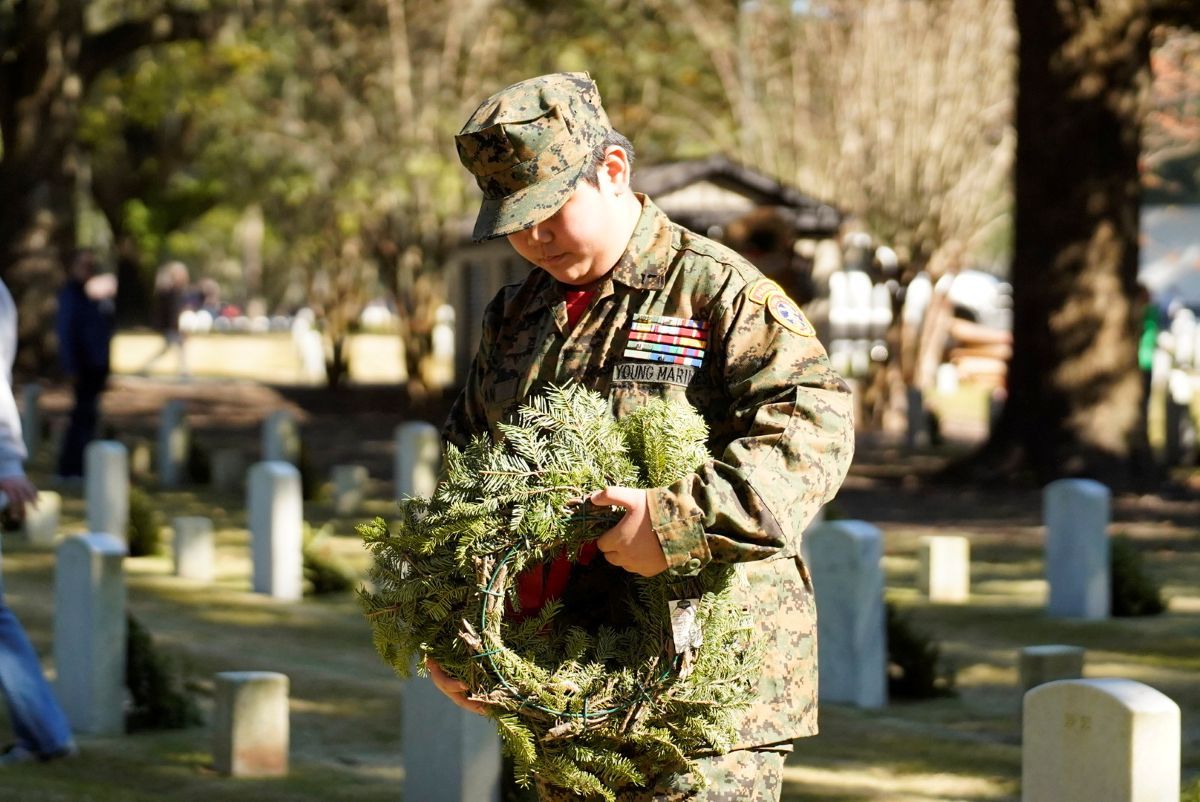From staff reports
Three individuals in the Lowcountry of South Carolina are facing fines and restitution in the form of community service work with the S.C Department of Natural Resources’ (SCDNR) sea turtle program after filming themselves digging up a loggerhead nest on Folly Beach this past summer. The incident occurred during the peak of South Carolina’s sea turtle nesting season during July.
In early September, SCDNR officers in Charleston County were provided with a copy of a “Snapchat” video that appeared to show two young men digging up a sea turtle nest marked with the highly visible orange tape and signage used by members of SCDNR’s Marine Turtle Conservation program staff and volunteers. Marine biologists with SCDNR’s Marine Resources Division oversee a well-established network of volunteer groups up and down the coast whose members spend countless hours each summer during nesting season walking the beach to identify and protect the vulnerable nests.
The video sent to SCDNR Law Enforcement showed a nesting site marked with an orange SCDNR sign and two individuals digging up – and later attempting to replace – the eggs from the nest. One egg was smashed on the ground during the video, which was being filmed by a third individual.
SCDNR Officer Freddie Earhart led the investigation into the source of the video. During the course of his investigation, Officer Earhart was able to identify and locate the three individuals involved. On Sept. 5, Officer Earhart and SCDNR Officer Courtney Angotti-Smith made contact with the three individuals, who were all under the age of 21 and were vacationing with family at the time of the incident. A meeting was set up with all three suspects and their parents, at which time the young men made voluntary statements confirming their involvement and that they were aware such actions were against the law.
The suspects admitted that some of the eggs were damaged and that they tried to rebury the eggs, which ultimately resulted in additional damage. SCDNR Marine Turtle Conservation program coordinator Michelle Pate, using data collected by the Folly Beach Turtle Watch team, was able to confirm that out of ninety eggs remaining in the nest, seventy-one did not hatch.
While they could have been charged for each egg disturbed, based on the cooperation of the suspects, five summons for unlawful taking of loggerhead turtle eggs were issued to the three suspects (two each for the individuals who dug up the eggs and one for the individual who filmed them). These charges can carry jail or fines of up to $2,000, as well as restitution. In addition, SCDNR will recommend that all of the individuals charged be required to dedicate community service time to working with SCDNR’s Marine Turtle Conservation program so they can learn first-hand about how much work goes into protecting sea turtles in South Carolina.
SCDNR’s sea turtle program began in 1977 with beach management research and in-water tracking of post-nesting loggerheads. The program further developed in the early eighties with the formation of the nest protection and stranding volunteer networks along the coast of South Carolina. Today, the program provides training and support to more than 1,300 volunteers across the coast who protect nests and document sea turtles that wash ashore.
“Educating residents and visitors about how they can provide a positive outcome for sea turtles on our beaches is a never-ending endeavor,” Pate said. “Volunteers involved with conservation work in South Carolina have contributed countless hours to this task. Our volunteers engage with the coastal community daily during the season to share their excitement about the natural world and our impact sharing the beach with wildlife that need these beaches to survive. Education provides a pathway to inform and foster stewardship, and combined with boots-on-the-ground work, ensures the continued protection and successful recovery of sea turtle populations.”
Those decades of research and hard work supported by Turtle Network volunteers in South Carolina’s coastal communities have paid off. Recent years have seen turtle nest numbers rebounding, though much remains to be done.
It was a successful nesting year for South Carolina’s sea turtle population, with 5,649 nests laid in 2021. Because nesting exacts a high energy toll on the large reptiles, female sea turtles do not come ashore to lay eggs every year. This pattern results in nesting fluctuations from year to year – 2019 broke all records with 8,795 nests, but 2018 saw just 2,767 nests. Overall, sea turtle nest numbers across the Southeast have trended up over the past decade, making biologists across the region optimistic that these threatened reptiles are beginning to recover after several decades of conservation efforts.
“I applaud the work of our officers in conducting this investigation in a thorough and prompt way,” SCDNR Law Enforcement Division Deputy Director Col. Chisolm Frampton said in a release. “Hopefully, giving these individuals a chance to make amends by working with the dedicated staff and volunteers who work with our turtle protection program as a part of the Community Service component of their punishment will make a lasting impression on them about the importance of this work and why all of us, as South Carolinians, need to support it.”
Learn more about the SCDNR Marine Turtle Conservation program at https://www.dnr.sc.gov/seaturtle/program.htm








